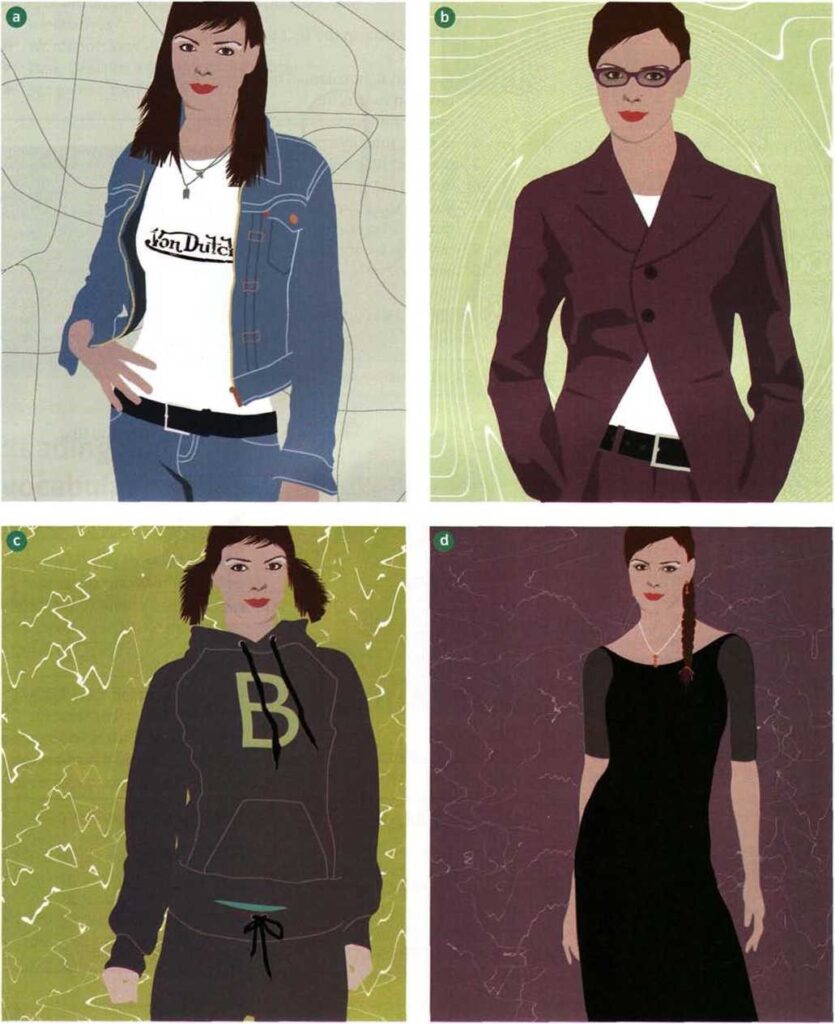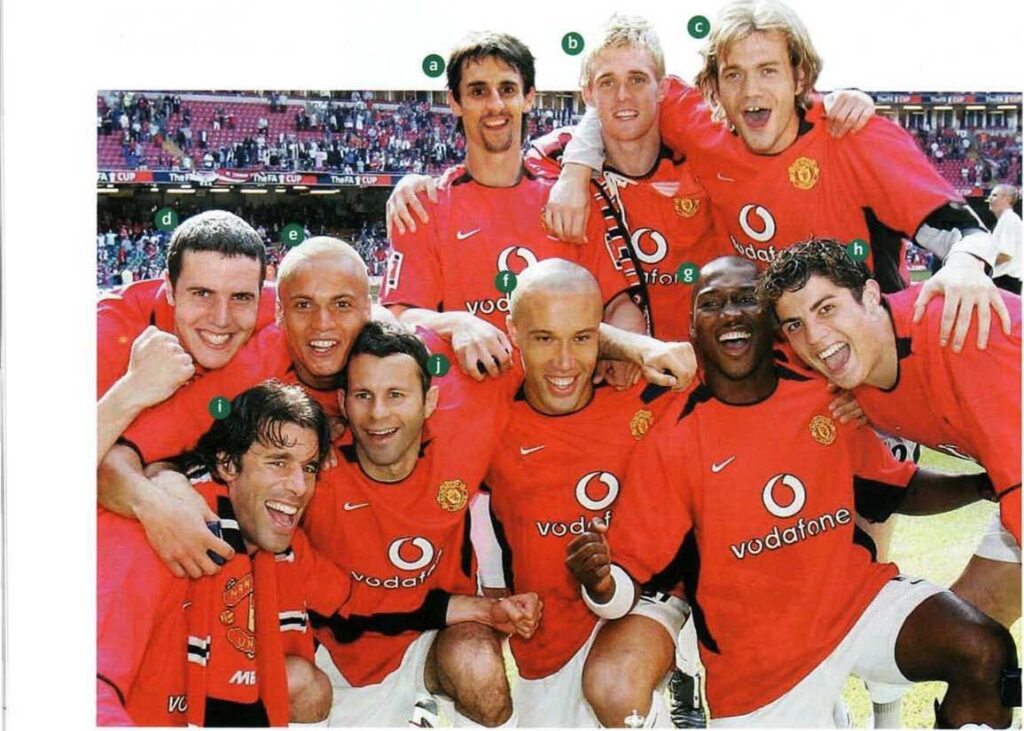Методическая разработка занятия по английскому языку на тему: «Spiritual Revival in Kazakhstan. Comparatives and superlatives»
Калиева Альбина Азаматовна
Старший преподаватель
Западно-Казахстанский университет им. М. Утемисова
Тема: Spiritual Revival in Kazakhstan. Comparatives and superlatives as…as
Цели занятия:
Образовательная: совершенствование и систематизация грамматических навыков устной и письменной речи по теме «Comparatives and superlatives» посредством различных видов упражнений. Совершенствование навыков чтения с извлечением основной информации по теме «Spiritual Revival in Kazakhstan».
Развивающая: развитие коммуникативных навыков по теме «Сравнительные и превосходные прилагательные»; развитие мышления, внимания.
Воспитательная: воспитание творческих способностей учащихся на материале темы.
Речевой материал: лексика по теме “Physical appearance”.
Грамматический материал: Comparatives and superlatives as…as.
Ход занятия
I. Greeting.
Teacher. Good morning, students. Please, take your seats. Let me tell you a few words about the aims of our lesson. Today we are going to talk about physical appearance.
II. Vocabulary.
1. Who do you think is the most attractive man/woman in the world? Why? Which people in the pictures do you think are attractive? Why?
III. Reading and vocabulary.
Each heading below summarises one of the paragraphs in the text. Read the text and match the headings to the correct paragraphs.
- Ideas of beauty 200-300 years ago
- The bigger the better
- Pale is beautiful
- The importance of a long neck
- The perfect modern woman
- Showing your emotions
- The world’s most handsome men
You are gorgeous
- For many people, German-born supermodel Claudia Schiffer is the perfect beauty: tall and slim, blue-eyed, tanned and athletic-looking with long, blond hair. No wonder people have described her as “The most beautiful woman in the world’.
- But people have not always had the same ideas about beauty. Until the 1920s, suntans were for poor people, ‘ladies’ stayed out of the sun to keep their faces as pale as possible. Five hundred years ago, in the times of Queen Elizabeth I of England, fashionable ladies even painted their faces with lead to make them whiter – a very dangerous habit as lead is poisonous!
- And people in the eighteenth century would certainly not have thought much of Claudia Schiffer’s hair! Ladies in those days never went out without their wigs, which were so enormous – and so dirty – that it was quite common to find mice living in them! As for the ‘perfect beauties’ painted by Rubens in the seventeenth century, if they wanted to be supermodels today they would have to spend months on a diet!
- Ideas of beauty can be very different according to where you live, too. For the Paduang tribe in South-East Asia, traditionally the most important sign of beauty was a long neck. So at the age of five or six, girls received their first neck ring, and each year they added new rings. By the time they were old enough to marry, their necks were about twenty-five centimetres long!
- And what about the ideal man? If you ask women today to name an attractive man, most mention someone like Russell Crowe, Mel Gibson or Denzel Washington: someone tall and strong, brave and ‘manly’.
- In the eighteenth century, however, ‘manliness’ was very different from what it is today. As well as wearing wigs, perfume and lots of make-up, a true gentleman showed his feelings by crying frequently in public. According to one story, when the British Prime Minister, Lord Spencer Percival, came to give King George IV some bad news, both men sat down and cried!
- And even now, Russell Crowe might not find it so easy to attract women if he visited the Dinka tribe of Sudan. They have always believed in the saying that ‘big is beautiful’. Traditionally, each year, men compete to win the title of ‘the fattest man’. The winner is sure to find a wife quickly: for a Dinka woman, if a man is fat, it is also a sign that he is rich and powerful!
Are these statements True or False? Explain your answers.
- Pale skin was more popular than tanned skin until the twentieth century. True
- Elizabethan make-up was not safe.
- In the eighteenth century, fashionable ladies had mice as pets.
- Women in Rubens’ time probably never went on diets.
- Paduang women with short necks couldn’t get married,
- In the eighteenth century it was OK for men to cry.
- Dinka women from Sudan think that thin men are very ugly.
Find words in the text that mean:
- (for hair) light-coloured or yellow. Blond
- pleasant to look at.
- having skin made darker by the sun.
- of more than average height.
- (for skin) light-coloured.
- looking physically strong and good at sport.
- having the good qualities of a man.
- thin in an attractive way.
- having a lot of courage.
- 10 with blue eyes.
Find the opposites to the words in the box below in part a above.
cowardly dark-haired fair-skinned fat short ugly
Complete the diagram below with words from the text.

IV. Language focus 1
Comparatives and superlatives adjectives.
Look at the four pictures below. Discuss how the girl’s clothes change her appearance in each picture, using the adjectives in the box.
casual elegant heavy mature natural pretty serious sophisticated tall young

Listen to Suzanne Weston, a fashion expert, talking about the pictures. Do you agree with her ideas?

Complete the sentences below with the correct form of the adjectives in brackets.
- The glasses make her look much (serious), much (mature).
- The hair makes her look (young), doesn’t it.
- I think she looks (pretty) in Picture A, to be honest.
- That tracksuit isn’t (elegant) outfit in the world.
- I’d say she looks (good) in Picture A, definitely.
- The dress makes her look (tall) than in the other pictures.
- This is definitely (sophisticated) of the four pictures.
- 1 think this is the (good) picture, I really do.
Grammar.
- What are the comparative and superlative forms of the adjectives below?
| 1 syllable | young | tall |
| 2 syllables ending in -y | heavy | pretty |
| 2/3 or more syllables | sophisticated | elegant |
| irregular forms | good | bad |
- What rules do you know about the formation of comparative and superlative adjectives?
- Match the beginnings of the sentences in A with the endings in B to make sentences. Notice the prepositions used.
A B
a She’s older from the others.
b The best as mine.
c It’s the same than me.
d It’s similar like me.
e They’re different to this one.
f She looks in the world.
Practice.
Write eight sentences about people in your class, using comparative and superlative adjectives. Use the ideas below.
big/small hands young/old
tall colourful clothes
heavy/light bag long/short hair
number of brothers number of books
and sisters number of rings
Examples:
Vanessa has got the longest hair.
Carla has got the most rings.
Complete the sentences about you and your family.
- Isabel is the youngest person in my family.
- I look very different from .
- People often say I look like .
- My hair is my .
- My eyes are than .
- My mother is than my father.
- I’m more than my brother/sister/cousin.
- My father is the person in the family.
- In my family, my has the most .
Tell your partner about the differences between you and your family.
Pronunciation
- Listen to eight sentences. How many comparative and superlative adjectives do you hear?
- Look at the tapescript on page 165. Listen again and practise saying the sentences.
V. Language focus 2
Describing people.
Match the questions in A with the answers in B.
A
- What does he look like?
- How is he?
- What’s he like?
- How old is he?
- How tall is he?
- What colour are his eyes?
- Has he got a beard?
B
- No. He’s clean-shaven.
- About average height.
- He’s fine.
- He’s tall, dark and handsome.
- He seems very nice.
- Brown.
- About 22.
Which of the questions is about:
- physical appearance
- height
- health
- features (hair, etc.)
- personality
- the colour of something

Practice
Put the words in the correct order to make questions.
- is / like / new dress / What / your ?
- are / colour / eyes / her / What ?
- hair / he / long / Has / got ?
- dark / fair / hair / her / Is / or ?
- in / Is / his / thirties / he ?
- Does / wear / glasses / she ?
- Is / me / or / she / shorter / taller / than ?
Look at the picture on page 46 and listen to the descriptions. Which player is the person describing?
VI. Conclusion.
Teacher. Today we have studied some new grammar and new words. Now you know the formation of comparatives and superlatives, its main functions and characteristics. I’d like to thank you for good work at the lesson. I give excellent marks to…, good – to …, etc.
The lesson is over. See you later. Goodbye!
H/t: 1) Learn the rule
2) pp. 30-35 workbook
